Belt Monitoring in HVAC Fans: Current Switch vs VFD Feedback
.jpg)
September 26, 2025
In HVAC systems, ensuring that a supply fan is actually moving air is critical. A broken or slipping belt can cause major issues—reduced airflow, comfort complaints, wasted energy, and even equipment damage.
Engineers used airflow switches or differential pressure switches to prove fan operation. But today, two electrical approaches are common:
1. Current Switch (CSR)
2. VFD Current Feedback (via BACnet/IP)
Let’s explore both.
1. Current Switch (CSR) – The Hardware Method
A current switch is a small device that clamps around the motor lead and closes a contact whenever current flows above a set threshold.
Pros:
✅ Very simple to install and commission
✅ Provides a clear ON/OFF proof signal
✅ Reliable, independent of VFD integration
Cons:
⚠️ Threshold is fixed → may not adapt to VFD speed changes
⚠️ Only tells you “Current/no current” (binary), not actual load
⚠️ Can’t differentiate between slip vs break or light vs full load
👉Best Use Case: When project specs demand a hardwired status proof or where BACnet integration isn’t available.
2. VFD Current Feedback – The Smart Method
Modern VFDs already measure motor RMS current internally. With BACnet/IP integration, this data is available to the BMS continuously.
By writing logic, you can:
Compare current vs speed
Detect slip (current drops below expected)
Detect belt break (current nearly zero while fan at commanded speed)
Apply delays, thresholds, and logic filters to avoid nuisance alarms
Pros:
✅ No extra hardware if VFD is networked
✅ Continuous real-time current data
✅ Flexible logic: adapt to speed, torque, startup delays
✅ Enables advanced diagnostics
Cons:
⚠️ Requires BAS programming and commissioning effort
⚠️ Still, some specs/consultants require a physical airflow proof
👉Best Use Case: Projects aiming for smarter alarms, advanced analytics, or when minimizing field hardware is a priority.
Which One Should You Choose?
1. Current Switch (CSR): Simple, reliable, and meets many project specs. Ideal for basic fan proof where you just need “yes/no” current status.
2. VFD Current Feedback: Smarter, flexible, and future-ready. Ideal for advanced diagnostics and when your VFD is already integrated into the BMS.
👉 In some projects, you may even use both: CSR for compliance + VFD feedback for intelligence.
Conclusion
Both methods are correct—the choice depends on project requirements, cost, and desired level of intelligence.
If you want basic status proof, a current switch does the job.
If you want smarter alarms that can differentiate slip vs break, leverage your VFD feedback

December 5, 2025
.jpg)
November 27, 2025
.jpg)
.jpg)
.jpg)
.jpg)
.jpg)
November 21, 2025
.jpg)
November 21, 2025
.jpg)
November 21, 2025
.jpg)
November 21, 2025
.jpg)
November 21, 2025
.jpg)
November 21, 2025
.jpg)
November 21, 2025
.jpg)
November 21, 2025
.jpg)
November 21, 2025
.jpg)
November 21, 2025
.jpg)
November 20, 2025
.jpg)
November 20, 2025
.jpg)
November 20, 2025
.jpg)
November 20, 2025
.jpg)
November 20, 2025
.jpg)
November 20, 2025
.jpg)
November 20, 2025
.jpg)
November 20, 2025
.jpg)
November 20, 2025
.jpg)
November 20, 2025
.jpg)
November 20, 2025
.jpg)
November 20, 2025

November 20, 2025

November 19, 2025



November 19, 2025
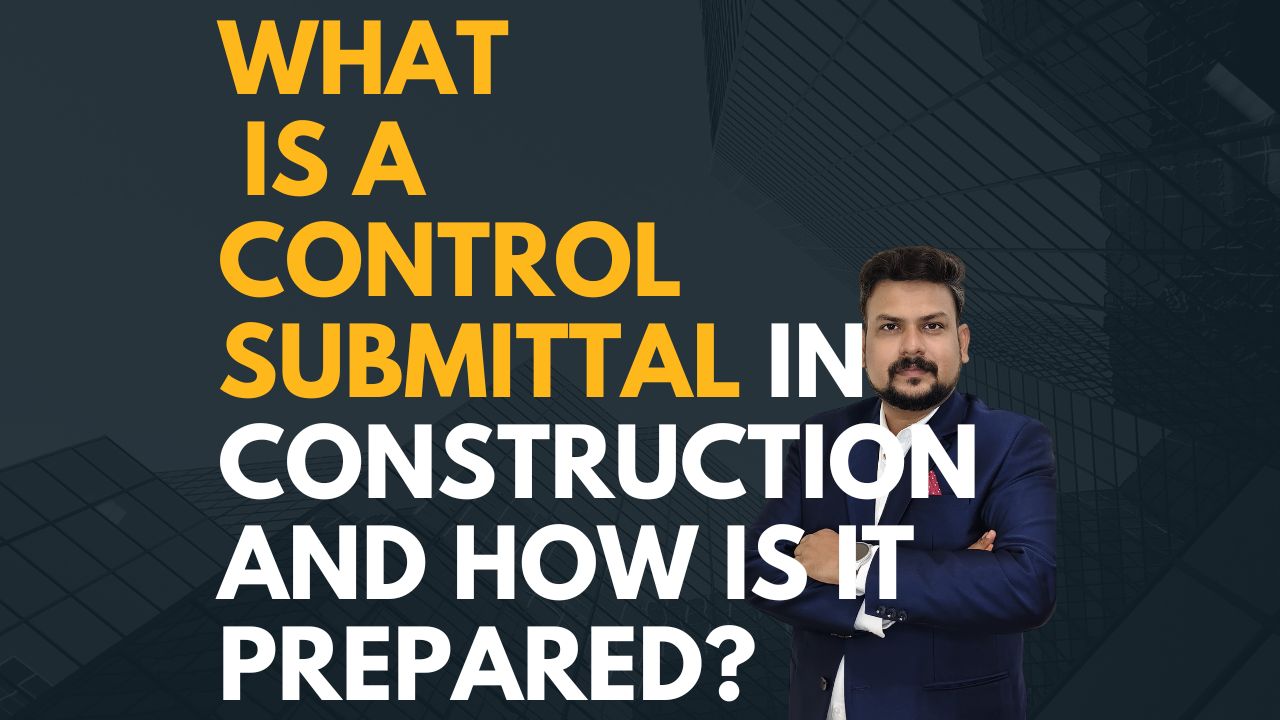
November 19, 2025

November 19, 2025

November 19, 2025

November 18, 2025

November 18, 2025





November 18, 2025

November 18, 2025


November 17, 2025


.jpg)
November 17, 2025
.jpg)
November 17, 2025
.jpg)
November 17, 2025
.jpg)
November 17, 2025
.jpg)
November 17, 2025
.jpg)
November 15, 2025
.jpg)
November 15, 2025
.jpg)
November 15, 2025
.jpg)
November 15, 2025
.jpg)
November 15, 2025
.jpg)
November 15, 2025
.jpg)
November 15, 2025
.jpg)
November 15, 2025
.jpg)
November 15, 2025
.jpg)
November 15, 2025
.jpg)
November 15, 2025
.jpg)
November 15, 2025
.jpg)
November 15, 2025
.jpg)
November 15, 2025
.jpg)
November 15, 2025
.jpg)
November 15, 2025
.jpg)
November 15, 2025
.jpg)
November 15, 2025
.jpg)
November 15, 2025
.jpg)
November 15, 2025
.jpg)
November 15, 2025
.jpg)
November 15, 2025
.jpg)
November 15, 2025
.jpg)
.jpg)
.jpg)
November 8, 2025
.jpg)
November 5, 2025
.jpg)
November 4, 2025
.jpg)
.jpg)
November 2, 2025
.jpg)
November 1, 2025
.jpg)
October 31, 2025
.jpg)
October 30, 2025
.jpg)
October 28, 2025
.jpg)
October 28, 2025
.jpg)
.jpg)
October 28, 2025
.jpg)
October 25, 2025
.jpg)
October 24, 2025
.jpg)
October 23, 2025
.jpg)
.jpg)
October 17, 2025
.jpg)
October 16, 2025
.jpg)
October 15, 2025
.jpg)
October 16, 2025
.jpg)
October 10, 2025
.jpg)
October 6, 2025
.jpg)
September 29, 2025
.jpg)
September 26, 2025
.jpg)
September 23, 2025
.png)
.jpg)
September 3, 2025

September 2, 2025
.jpg)
September 1, 2025
.jpg)
September 1, 2025
.jpg)
September 1, 2025
.png)
.png)
September 1, 2025

September 1, 2025
.png)
September 1, 2025
.png)
.png)
September 1, 2025
.png)
September 1, 2025

September 1, 2025
.png)
September 1, 2025
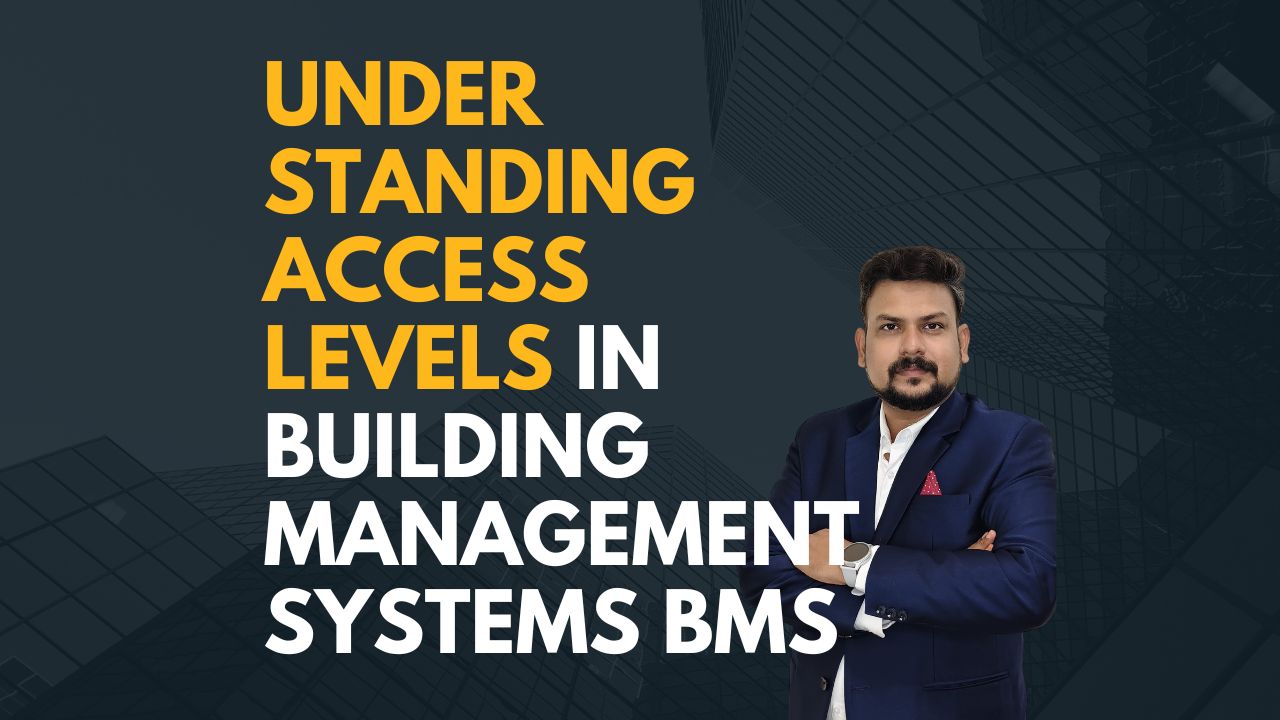
September 1, 2025

September 1, 2025
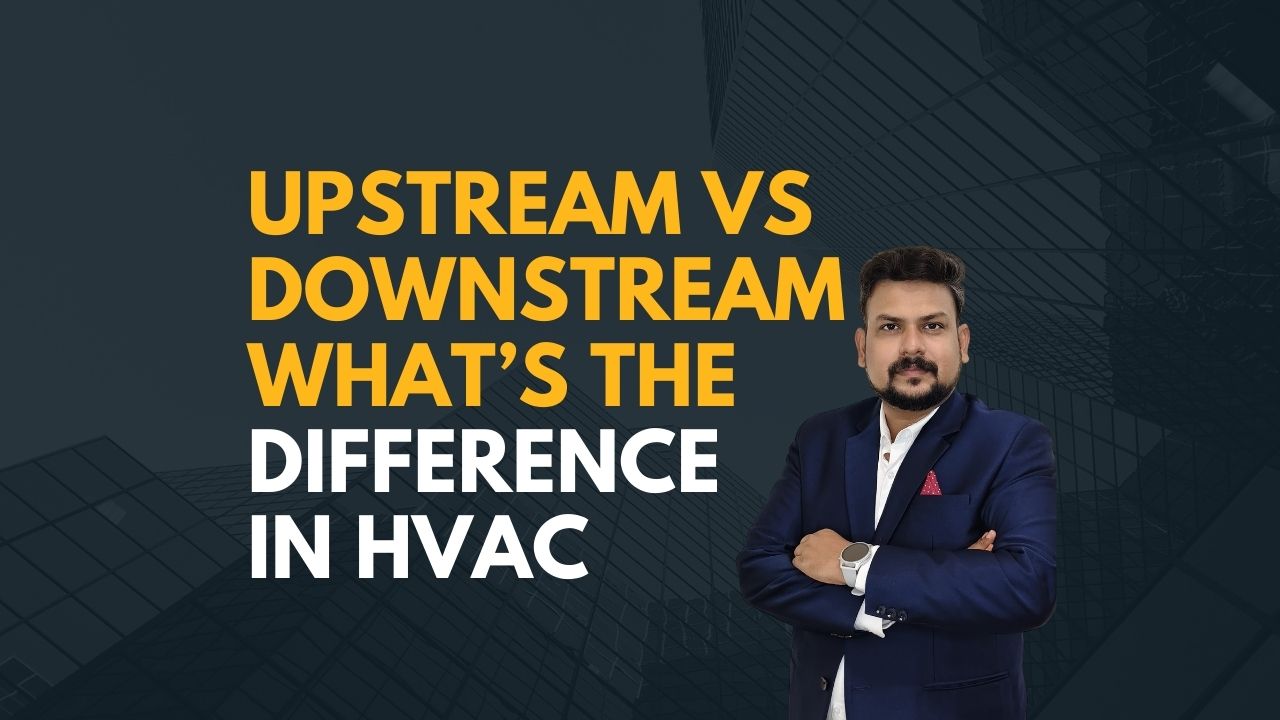
September 1, 2025

September 1, 2025
.png)
September 1, 2025

September 1, 2025
.png)
September 1, 2025
.jpg)
September 1, 2025
.jpg)
September 1, 2025
.jpg)
September 1, 2025
.jpg)
September 1, 2025

September 1, 2025
.jpg)

September 1, 2025

September 20, 2024

September 13, 2024

September 5, 2024

August 31, 2024

August 28, 2024
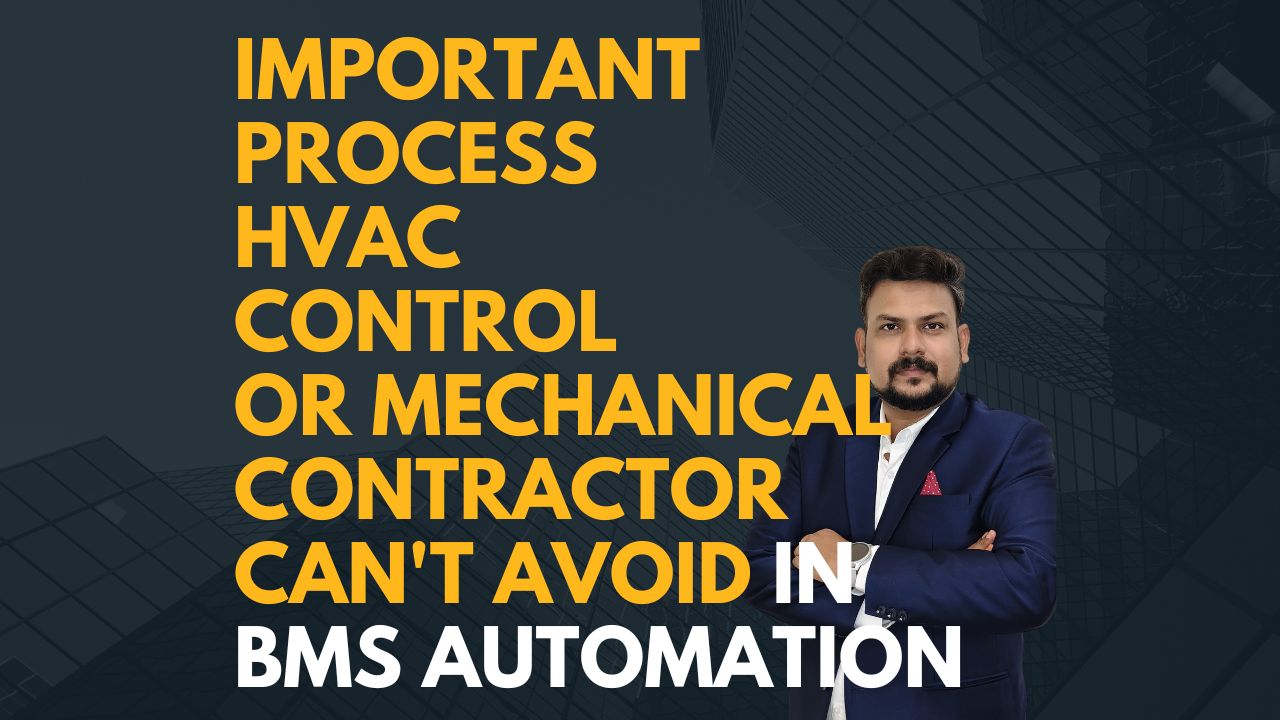


May 14, 2024
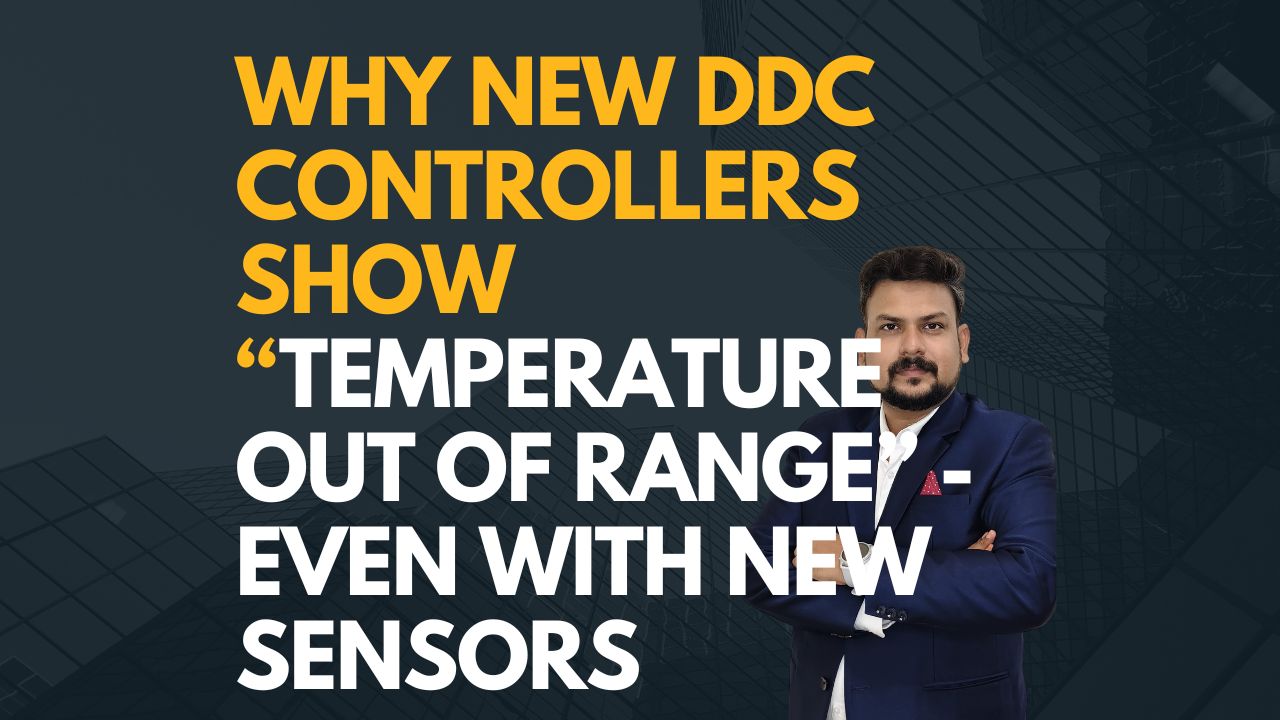
.jpg)
.jpg)








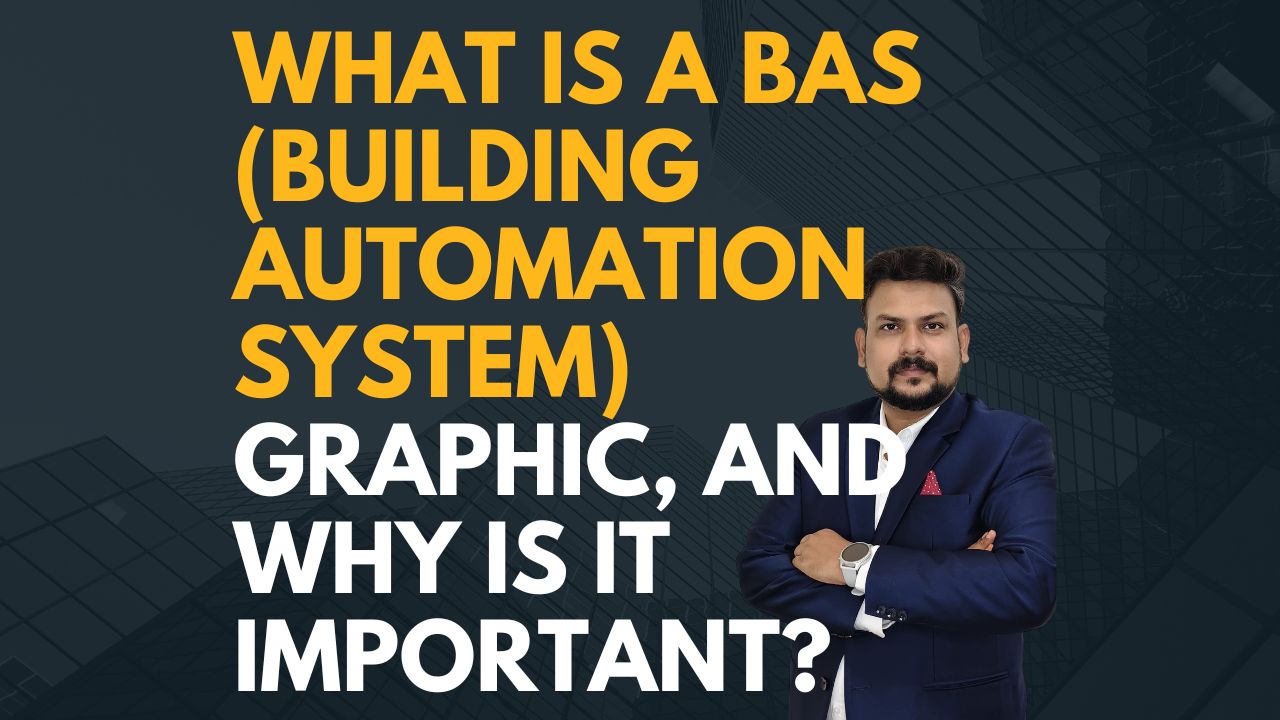


.jpg)
.jpg)
.jpg)
.jpg)
.jpg)
.png)

.jpg)


